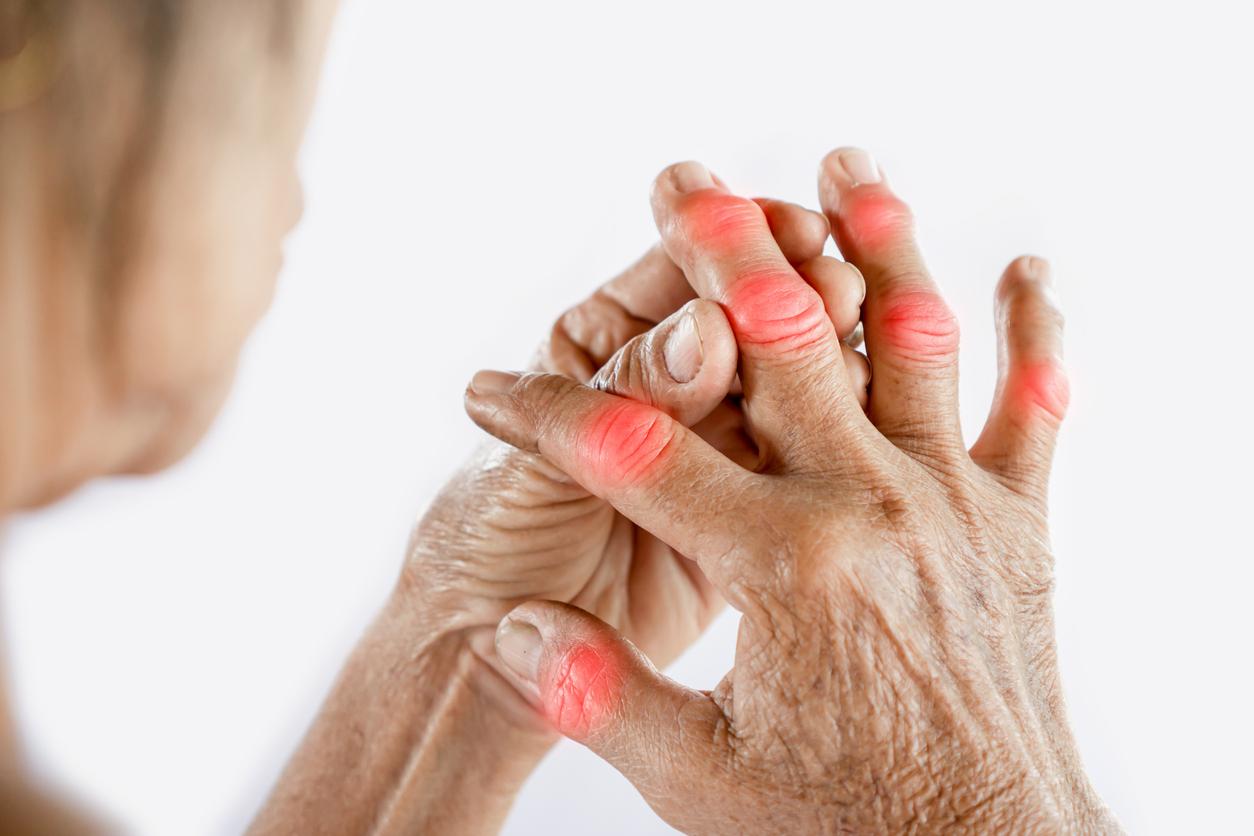
Not just from dairy
It is probably the best known mineral: calcium. Important for strong bones and teeth, but the function of the mineral is not limited to that. It really isn’t just milk.
Calcium is necessary for building and maintaining bones and teeth. It helps against osteoporosis at a later age, but is also necessary for the proper functioning of the muscles and for the conduction of stimuli to the nerves. Calcium is also involved in blood clotting, cell growth and hormone metabolism and the transport of other minerals in the body.
Dairy
Everyone knows that calcium is in milk and other dairy products, but bread, vegetables, legumes, nuts and potatoes also contain calcium. This last group of products contains much less calcium than dairy. A glass of semi-skimmed milk contains about 18 percent of the recommended daily intake for adult men and women. With 200 grams of cooked green beans and broccoli, that is 11 and 7 percent respectively.
Recording
Vitamin D stimulates the absorption of calcium in the body. Sufficient exercise also promotes absorption. Older people absorb less well and in women hormonal changes during the menopause have a negative effect.
Alcohol, caffeine and salt cause the body to lose more calcium through the urine. Fiber, spinach and rhubarb also reduce absorption. These vegetables contain oxalic acid, which forms an insoluble compound with calcium in the intestine.
Too many
The maximum safe dose for calcium is 2,500 milligrams per day. This corresponds to about 2 liters of milk. This is an average value with a wide margin. A one-off or short-term transfer of the maximum safe dose does not pose any immediate danger.
An excess of calcium disrupts the absorption of iron, zinc, magnesium and phosphorus. Kidney stones can also develop and calcification of the blood vessel walls can occur. In addition, bone formation can be compromised, causing bones to become weaker.
Shortage
With a varied diet, the chance of a calcium deficiency is not very high. The elderly and children are at increased risk. Women over 50 and men over 70 have an increased risk of osteoporosis. In children, signs of English disease (rickets), incomplete bone formation and skeletal deformity, can occur if they do not get enough calcium. As a result, they can also suffer from muscle cramps.
White spots on the nails or the crumbling of the nails are not a sign of calcium deficiency. This is often caused by a fungal infection.
How much do I need?
The amount of calcium required depends, among other things, on age and gender. According to the Health Council, adult men and women need an average of 1000 milligrams. This corresponds to four to five glasses of milk. The table below shows the recommended daily amount per age category.
| Category/age | Milligrams per day |
|---|---|
| Men/boys | |
| 0 – 5 months | 210 (breastfeeding) 320 (bottle feeding |
| 6 – 11 months | 450 |
| 13 years | 500 |
| 4 – 8 years | 700 |
| 9 – 17 years | 1200 |
| 18 – 24 years | 1000 |
| 25 – 69 years | 950 |
| > 70 years | 1200 |
| Women/girls | |
| 0 – 5 months | 210 (breastfeeding) 320 (bottle feeding) |
| 6 – 11 months | 450 |
| 13 years | 500 |
| 4 – 8 years | 700 |
| 9 – 18 years | 1100 |
| 19 – 24 years | 1000 |
| 25 – 49 years | 950 |
| 50 – 69 years | 1100 |
| > 70 years | 1200 |
| pregnant | 1000 |
| Breastfeeding | 1000 |
Sources):













